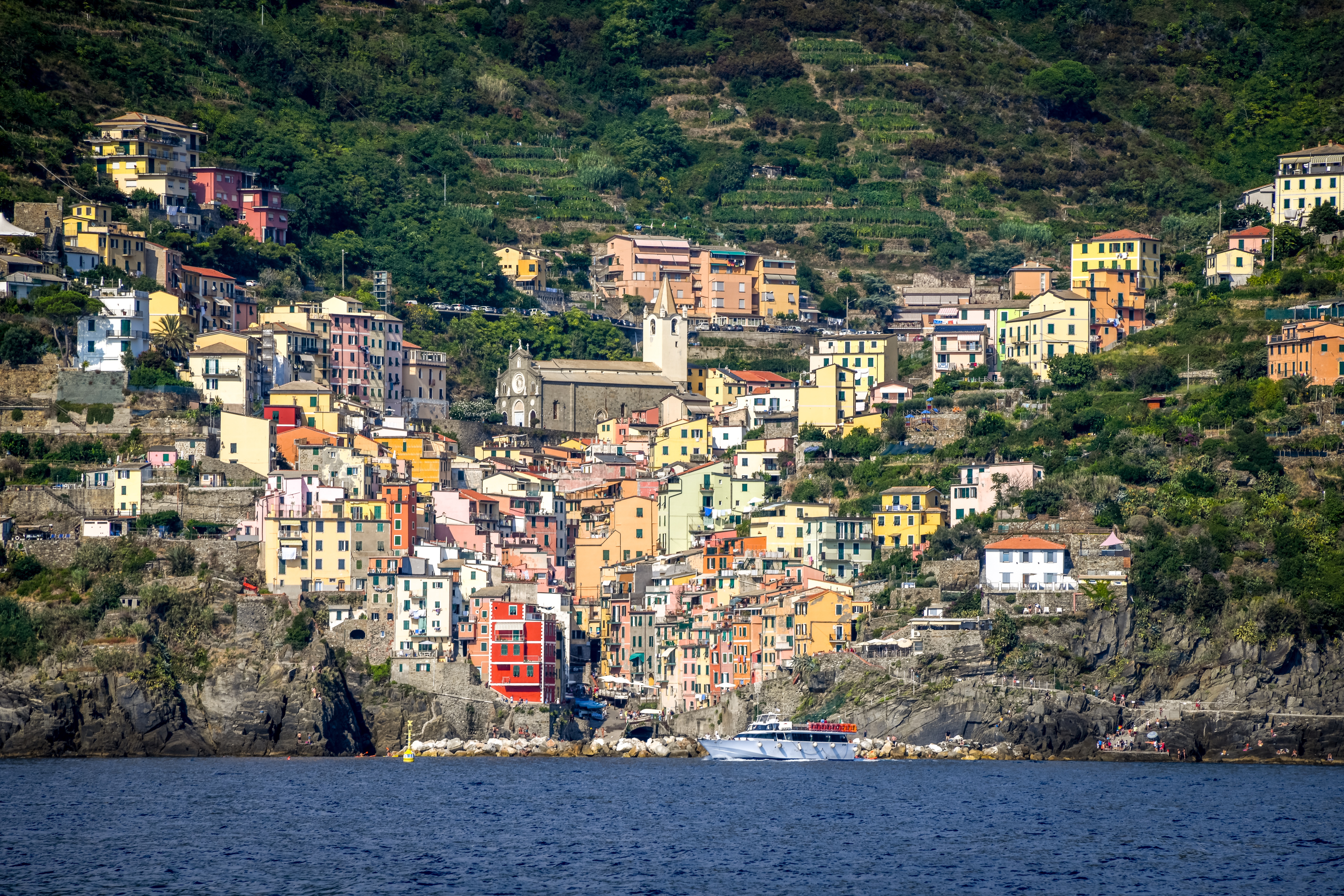Building
A building is an artificial enclosure that serves both as a shield, protecting its internal space from external threats, and as a prop, positioning us within it.
External threats include physical ones, such as rain or intruders, as well as psychological ones, like prying eyes or negative ideas.
Each face of a building behaves like a floor, wall, or ceiling depending on its angle of inclination relative to the horizon, with angles from 0°~45° being floor-like, 45°~135° being wall-like, and 135°~180° being ceiling-like.
All faces are shields, with floors protecting from below, walls from the sides, and ceilings from above, while only floors are props due to gravity.
Architecture
Architecture is the art and science of shielding space and propping us within it.
The fact that something as primitive as shielding space and propping us within it, can give rise to the artistic and scientific complexity of architecture, portrays how essential buildings are to our existence and evolution.
Why is this?
Instinct
Motivated by survival, vulnerable creatures like us instinctively seek a stable, ordered, and protective space, whether partially or fully surrounded by an enclosure, to separate ourselves from the volatile, chaotic, and hostile external environment.
If a good enclosure is not naturally available, a creature responds by constructing an artificial one.
The instinct to seek perfect enclosures for survival, and the drive to construct artificial ones when they are naturally lacking, forms the bedrock of architecture.

Vision
My vision of the perfect building aligns with an updated version of the classic concept “form follows function”, expressed as “form + force = formation”.
Since real-world forces are complex, true functionality must also be complex, and as a result, the authentic form must necessarily reflect this complexity.
A formation, which I believe defines the perfect building, arises when a group of similar functional forms, each tailored to specific forces and requirements, work together harmoniously, integrating both common features and inherent conflicts.
This concept is inspired by nature and unplanned developments, where similar units independently adapt to local forces, yet work together to form a deeply integrated, higher-order system that is greater than the sum of its parts.

